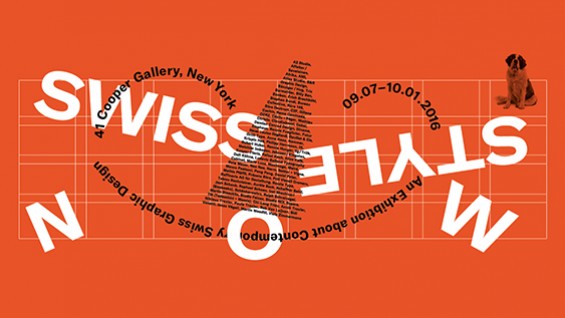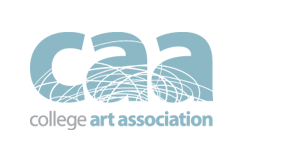Robert J. Thompson
Assistant Professor
Graphic & Interactive Design
Department of Art
College of Creative Arts & Communications
Youngstown State University
Youngstown State University in partnership with the City of Youngstown was approved for a two year federal grant from the Economic Development Administration supporting the development of an economic development and marketing/advertising strategy. Putting this purpose into action, an interdisciplinary team of economic strategists, researchers, community organizers, and graphic designers was developed to finalize an economic development strategy and marketing/advertising campaign.
The collaborative, multi-disciplinary strategy offers a new future-focused narrative for Youngstown, visually portrayed through a multi-point advertising campaign that offers intelligent and meaningful expressions across all print and digital media channels. This campaign, titled “The City of You”, was developed by RJ Thompson, Assistant Professor of Graphic & Interactive Design and his Youngstown Design Works students at Youngstown State University. Youngstown Design Works is an elite-level, student-run graphic & interactive design agency that provides affordable, high quality design services to Youngstown-area civic and business organizations.
All advertising and design concepts created by Thompson and his students were subjected to extensive stakeholder critique, public presentation, critical observation and in-depth analysis through the use of target-specific focus groups, user testing scenarios, and experimental, in-person data collection techniques. Campaign deliverables include, but are not limited to, a completely new brand identity, advertising, printed and digital billboards, a newly redesigned City of Youngstown government website, and a centralized “City of You” campaign website that highlights crowdsourced stories of Youngstown citizens.
Launching in late April 2016, it is expected that the conceptual potential and significant financial investment supporting the campaign will permit it to run for a minimum of 5 years with local, regional, and national exposure.
This research was presented at the
Design Incubation Colloquium 3.1: Kean University on Saturday, Oct 22, 2016.
Like this:
Like Loading...




